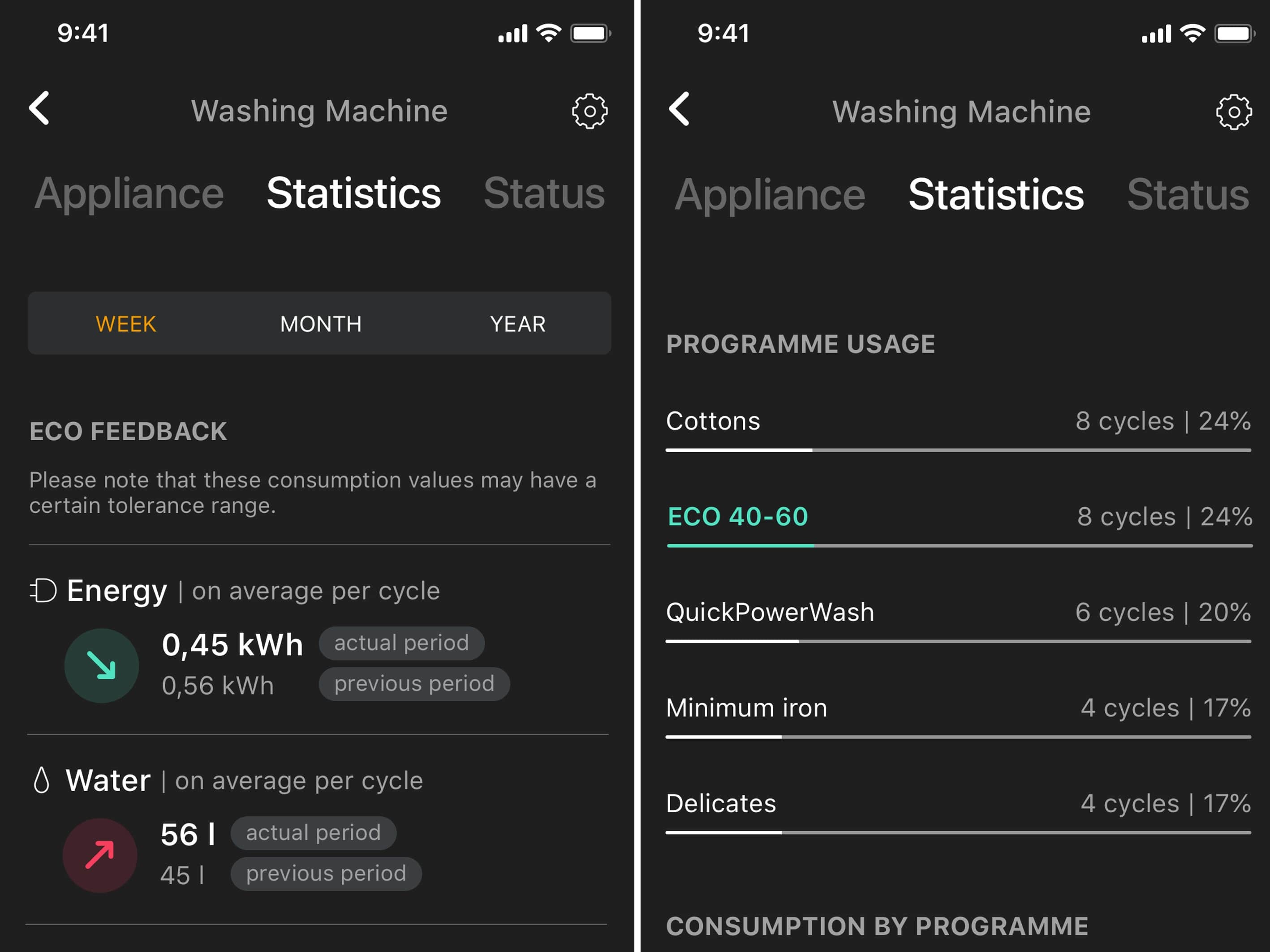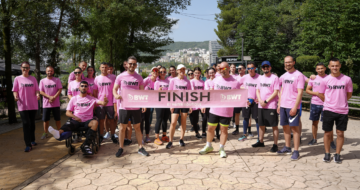More cooking expertise and sustainable appliance management in the smart home

"The laundry is done" - when Miele launched InfoControl in 1998, it marked the start of the age of domestic appliance networking. The message appeared on a small handheld receiver and saved many a trip to the cellar. Today, household appliances are operated via smartphone, tablet or voice and the range of applications goes far beyond simple control functions. In addition to convenience features, the focus is on cooking assistants and intelligent energy management for the smart home.
For example, Miele uses artificial intelligence (AI) in its Smart Food ID application for ovens: a camera in the oven takes a photo of the ingredients on the baking tray. The AI interprets the image and recognises that a homemade pizza has just been placed in the oven. A quick confirmation on the display and the baking process runs fully automatically. A fine gadget in this context is the "culinary greeting" from the oven. Those who like can share the photo from the oven camera with friends on social networks with just a few clicks in the Miele App.
Another application based on AI is CookAssist for induction hobs. Here, the user is guided through the cooking process via tablet. Example: For the perfect steak - rare, medium or well-done - the tablet tells the user when the pan is at the right searing temperature, when to turn the steaks and finally when to remove them from the hob. The AI here is in an algorithm that uses sensors in the hob to precisely regulate the temperature and prevent burning.
CookAssist is already on the market, Smart Food ID will be introduced in more European countries this summer. Both (free) applications are going to handle about 30 recipes each in the course of this year. The good news is that the systems are constantly learning, so that cooking expertise increases via updates to the Miele App.
But what will the smart kitchen of the future look like? We can only reveal this much here: In the Living Tomorrow project, Miele is demonstrating a prototypical further development of assisted cooking - consistently thought through and supplemented by a nutrition assistant.

Today, however, smart home applications from Miele are not limited to the home appliance cosmos alone, but rely on interoperability with other home technology components. The best examples of this are so-called routines, which are easy to install via voice assistants. For example, scenarios can be created that make the start of the day more pleasant. All it takes is the phrase "Good morning" and the programmed lighting scenario in the kitchen switches on, the music service streams the favourite playlist, the Miele fully automatic coffee machine heats up, including warm cups from the warming drawer. By the words "I'm leaving the house", the Miele vacuuming robot takes up work on request, all other appliances switch off automatically and the alarm system is activated.
In conjunction with an energy management system, Miele appliances demonstrate other qualities as well. For example, previously loaded washing machines, dryers or dishwashers start automatically when the in-house PV system produces sufficient green electricity. This increases self-consumption of electricity, is good for the wallet and helps to avoid peak loads in the power grid.

The latest innovation in the context of energy management is the Consumption Dashboard in the Miele App. It creates transparency regarding the actual electricity and water consumption of dishwashers and washing machines. It is possible to compare different programmes, query statistics combined with tips on how to use the appliances more efficiently and ecologically.

In the Living Tomorrow project, Miele is demonstrating a prototypical further development of assisted cooking - consistently thought through and supplemented by a nutrition assistant.
Hungry?
For more information about Miele@home
Latest insights & stories

A Global Movement: The World Unites in a Pink Pledge for Clean and Sustainable Water
5,000 participants. 32 countries. €30,000 funds raised. And that's just the beginning.
Picture this: One step that sends ripples across the globe, transforming lives and creating waves of change. You might wonder, how can such a simple action for most of us have such a profound impact?

Sustainability and circularity in construction
Join us in transforming the future of construction, creating buildings that not only stand the test of time but also contribute to a healthier planet!

RainTunes: Shower scenarios for the soul
Light, hearing, smell, and touch: Together with experts, we have developed sensuous scenarios that turn showering into an individual experience. Whether you want to prepare for the day ahead or relax after working out. Whether you want to refresh after a day’s work or unwind at the end of the evening: RainTunes surprises with multisensory experiences.*
*Currently available only in Germany and Austria.